
views
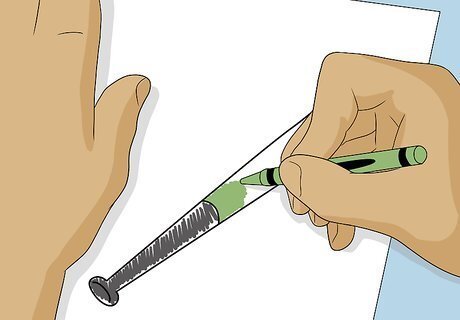
Plan your project. Most painting projects have better success if they are thoroughly planned. Decide how you want your bat to look when you are finished, what colors you will use, and how long you will need to protect it for the paint to cure.
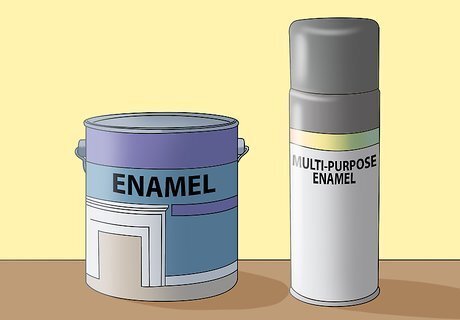
Choose your paint. You will want to use a good quality paint that won't chip, fade, or peel, so you will probably want to use an enamel, epoxy, or polyurethane paint for this project. These are available in aerosol cans, which are easy to use and offer a wide variety of colors.

Decide if you want to use stencils or decals to accentuate the bat, or if you need to mask off parts of it with tape. Wood bats have a manufacturer's label that should not be covered if it can be avoided, since this helps the batter orient the bat so the proper side is used to contact the ball upon swinging it, but if the bat is being painted to display, and not use, this will not be an issue.
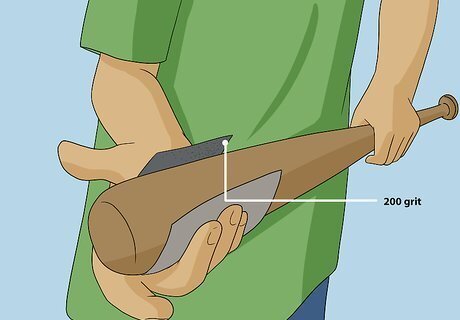
Prepare the bat. Lightly sand the finish so the new paint will adhere properly. Use a smooth sandpaper, depending on how rough the condition of the bat is when you are beginning. For a bat in good condition, a 200 or 220 grit sandpaper, and move to a fine steel wool to give it a smooth texture before painting. Start with a coarser grit if there is damage you will want to buff out.
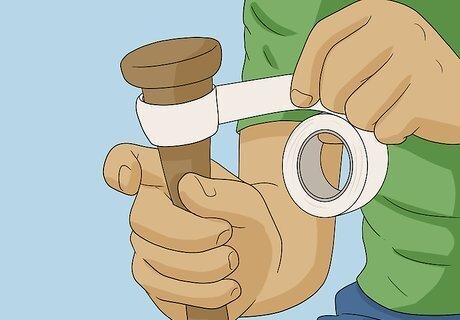
Use masking tape to protect any surfaces, such as gripping surfaces on the handle, or the label, that you do not want to paint over.
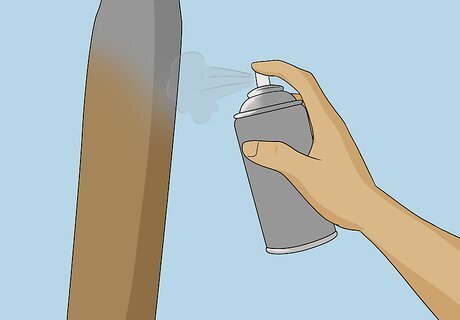
Prime the wood with a good primer. Wood does not paint exactly the same as metal, so a primer/sealer is probably a better choice than a rust inhibitor metal primer, but for best results, an enamel undercoat can be used. This is a product used by professional painters for durability and performance under a variety of conditions, so it is up to you to decide if your bat is worth the investment. If not, use any exterior grade spray primer.
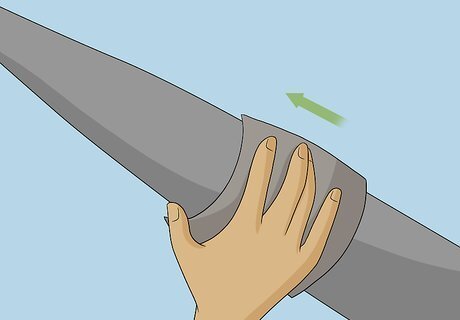
Sand the primer lightly with a very fine grit sandpaper, and only sufficiently to remove runs or drips. Wipe away any dust, using a tack cloth or a rag dampened with mineral spirits, then allow to dry.
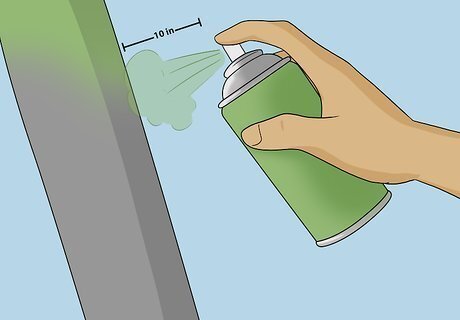
Spray your finished paint on the bat, using good technique for good results. Keep the paint spray moving, holding the can about 10 inches (25.4 cm) from the surface, and watch for drips or runs. Using several light coats will often gives better results than one heavy coat.

Allow the paint to dry and cure thoroughly when you are done. Apply any new decals, striping, or other embellishments when you are finished.


















Comments
0 comment